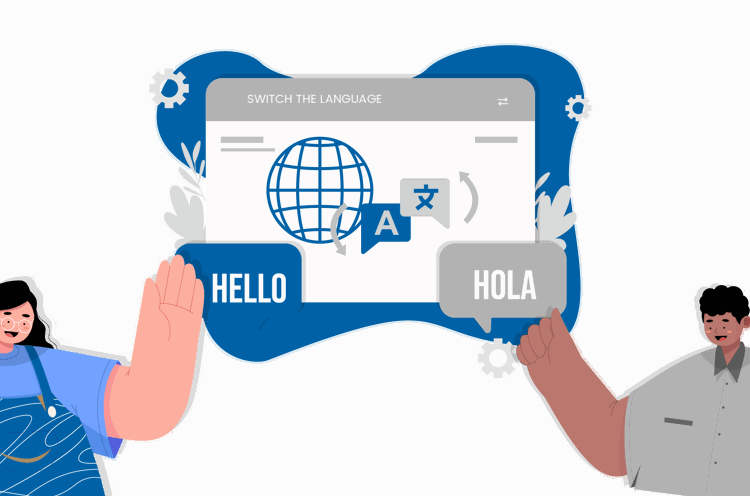Google I/O 2022: Google Translate added 24 new languages including 8 Indian languages

In this digitized world where everything is moving to automation. In this world where machines are now learning with the help of Artificial Intelligence, it is important to keep up with the pace. As part of Google I/O 2022, the company has acknowledged its latest changes to Google Translate, which includes the addition of 24 new languages. These are not the most common languages in the world, but some are used by millions of people worldwide. For example, the most widely spoken language is Bhojpuri, a language spoken in northern India, Nepal, and Fiji. According to the 2011 Indian population, the language is spoken by at least 51 million people. According to a Google study, the most widely used language from this latest update is Sanskrit, used by about 20,000 people in India.
These new languages are the first company to add to the service using its Zero-Shot machine translation technology. It is a machine learning model that can learn to translate words into another language without seeing examples. Google did not share details of how this works, but the technology the company has been talking about since 2016. When we talk about google, for years, Google Translate has helped break down language barriers and connect communities around the world. And we want to make this happen for more people - especially those whose languages are not represented in many technologies. So Google added 24 languages to Translate, now supporting a total of 133 languages used worldwide. More than 300 million people speak the newly added languages - Mizo, which is spoken by about 800,000 people in northeastern India, and Lingala, which is spoken by more than 45 million people in Central Africa. As part of this review, Native American languages (Quechua, Guarani and Aymara) and English (Sierra Leonean Krio) were also added to the vernacular for the first time. Alongside the technology, Google has enlisted the help of native speakers and linguists to help refine the translations. The languages are below, and the stats are from Google’s estimations of popularity worldwide.
24 New Languages Including 8 Indian Languages
- Assamese, used by about 25 million people in Northeast India
- Bhojpuri, used by about 50 million people in Northern India, Nepal, and Fiji
- Dogri, used by about three million people in Northern India
- Konkani, used by about two million people in Central India
- Maithili, used by about 34 million people in Northern India
- Sanskrit, used by about 20,000 people in India
- Meiteilon (Manipuri), used by about two million people in Northeast India
- Mizo, used by about 830,000 people in Northeast India
Other than Indian languages, Google Translate now also supports:
- Aymara, used by about two million people in Bolivia, Chile, and Peru
- Bambara, used by about 14 million people in Mali
- Dhivehi, used by about 300,000 people in the Maldives
- Ewe, used by about seven million people in Ghana and Togo
- Guarani, used by about seven million people in Paraguay and Bolivia, Argentina, and Brazil
- Ilocano, used by about 10 million people in Northern Philippines
- Krio, used by about four million people in Sierra Leone
- Kurdish (Shoran), used by about eight million people, mostly in Iraq
- Lingala, used by about 45 million people in the Democratic Republic of the Congo, Republic of the Congo, Central African Republic, Angola and the Republic of South Sudan
- Luganda, used by about 20 million people in Uganda and Rwanda
- Oromo, used by about 37 million people in Ethiopia and Kenya
- Quechua, used by about 10 million people in Peru, Bolivia, Ecuador, and surrounding countries
- Sepedi, used by about 14 million people in South Africa
- Tigrinya, used by about eight million people in Eritrea and Ethiopia
- Tsonga, used by about seven million people in Eswatini, Mozambique, South Africa and Zimbabwe
- Twi, used by about 11 million people in Ghana
Google has announced the addition of new languages in google translate but no one knows when these languages will appear in google translate.










